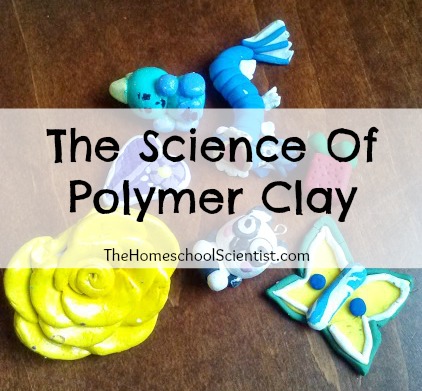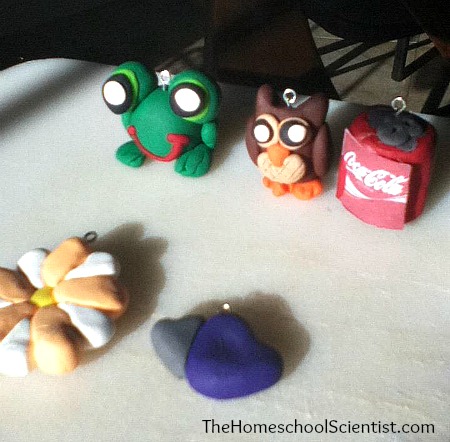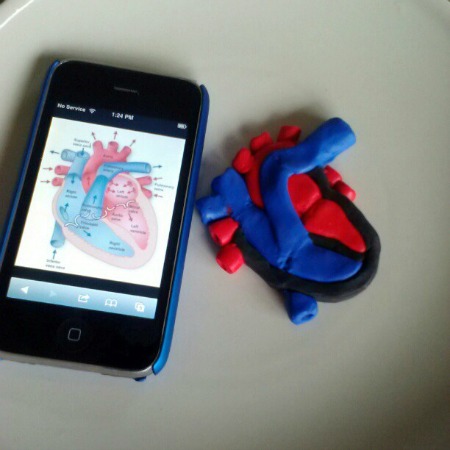The Science Of Polymer Clay

*This post contains affiliate links.
One of my daughter’s favorite art media is polymer clay. She loves the colors and how easy it is to manipulate. I love how it can be used to study science and art.
What is Polymer Clay?
Polymer clay is a great example of science creating art. Artists might create art from the polymer clay, but chemists made the clay!
Polymer clay actually contains no natural clay.You can’t find it in nature. It is created from man-made chemicals in such a way to have the characteristics that artists want in a polymer clay.
Polymer clays are basically made from PVC (polyvinyl chloride) and a plasticizer. PVC is a type of rigid plastic. Look under your kitchen sink and you might find PVC drain pipes.
Adding a plasticizer makes the PVC more flexible. Most polymer clays use a class of chemical called phthalates as a plasticizer. When the PVC is mixed with the plasticizer, the substance is called a plastisol. Other substances are added to the plastisol to hold it together and give the polymer clay it’s other characteristics, such as color. So, polymer clay is essentially a moldable plastic.
How Can I Use Polymer Clay?
Polymer clay is a great art medium. It can be shaped easily by hand, flattened in a pasta maker, and added together in different colors to make different patterns. Polymer clay is great for creating finished pieces like charms or figurines, since it can be baked in an oven and hardened.
You can use polymer clay to create art…

or science models.

Have you used polymer clay? What is your favorite thing to make? How can you use polymer clay in art or science?
Wondering what polymer clay to start with? We love Sculpey. It is easy to work with and doesn’t dry out if left out. Bake in the oven at a low temperature to harden.
***************************************
Find more art resources on my Homeschool Art Pinterest board


